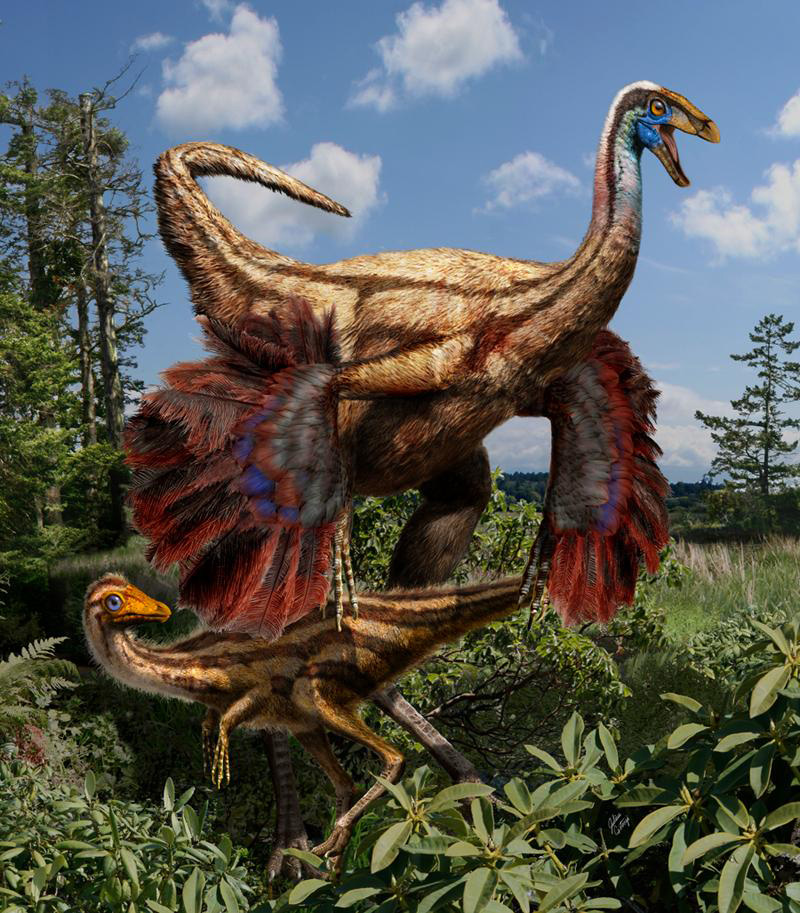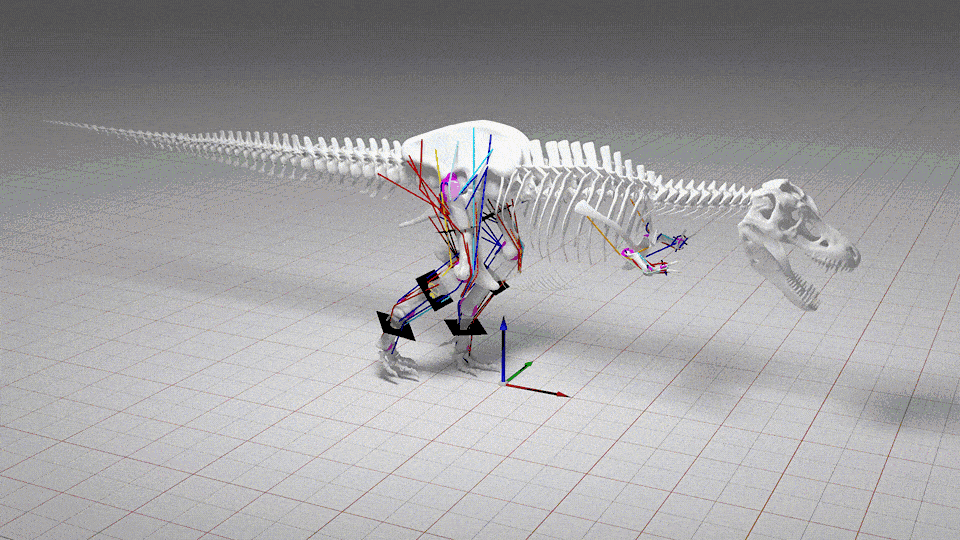When you buy through contact on our site , we may earn an affiliate direction . Here ’s how it works .
Eosinopteryx brevipenna
Scientists have long call back feathers may have been reserved for just the dinosaur clade associated with the first bird . This lineage , called theropods , includes Tyrannosaurus rex and velociraptor . Here , an artist ’s reconstruction of thetheropod dinosaur calledEosinopteryx brevipenna , which showed decreased plumage . The dinosaur would ’ve lived during the Middle / Late Jurassic in what is now northeasternChina . The lilliputian dinosaur , extending just a foot ( 30 centimetre ) , would not have been able to fly , researchers say .
Finding Dino Bones
Now , researchers working in southeastern Siberia have strike a plant - eating dinosaur , dubbedKulindadromeus zabaikalicus , that sported both feathers and scale . Here , researchers excavate the bonebed in the Kulinda dinosaur locality .
Finding fossils
Researchers receive century of frame of the industrial plant - rust dinosaur at the bottom of what seems to have been a large lake back in the twenty-four hours . The new dinosaur species belong to to a group known as ornithischians that experience about 160 million years ago during the midriff to late Jurassic . Here , the neighbourhood of the Kulinda bonebed in Siberia .
Feathery friend
The newfound dinosaur would ’ve been a petite beast , just 4.9 feet ( 1.5 meter ) long . When awake , the flora - eater would have sported two brusque arms and walk on two long , slender leg , and skylark very light arms . The dinosaur , establish here in an artist ’s reconstruction , would not have been capable to fly .
Scaly Tail
The specimens of the plant life - eating dinosaur were equipped with preserved long filament that resembled puberulent feathers around its weapons system and legs . These feathers may have served as insulation . In gain , more complex feathers found on the animate being may have been used to lure in mates , the researcher allege . The beast ’s long tail was covered in prominent , thin scales .
Dinosaur Fossils
Sofia Sinitsa , P. Godefroit and Y. Bolotsky examining dinosaur fossils unearth from the Kulinda dinosaur bonebed neck of the woods in southeastern Siberia in July 2013 .
Hundreds of Fossils
The scientist find one C of dinosaur fossils ( demonstrate here ) in the Siberia bonebed . The newfound feathered dinosaur suggests the usual ancestor of all dinosaur , and possibly most dinosaurs in general , sported feathers , the researchers suggest .
Jurassic scene
The idea that many dinosaur wore downy coats is not a new one , and , in fact , fossils of plant life - eating dinosaurs from China were fit out with simple , filamentlike feathers , but that finding was not conclusive .
Dinosaur with Feathers
Some dinosaur feathers may have been more fab than somber . Takethis Struthio camelus - size of it adult dinosaur calledOrnithomimus edmontonicus , which would have been adorn with stringy down — filamentlike feathers up to 2 inch ( 5 centimeter ) long . The sexually mature grownup also had markings on its winglike forelimb that evoke it bore longer feathers that were absent from the juveniles of the metal money that were also discovered . As such , the research worker think the feathers may have been used for courtship or incubation , much as male peacock agitate their striking feathers to woo female person .
4 Wings
This freaky dinosaur sported what looked like four wings ! The125 - million - class - old fogy of a feather dinosaur , dubbedChangyuraptor yangi , were unearthed in 2012 in Liaoning province in northeastern China . The dinosaur bear witness feather all over its body , including its arm and leg , making the animal come along as if it had two couple of wings .




























